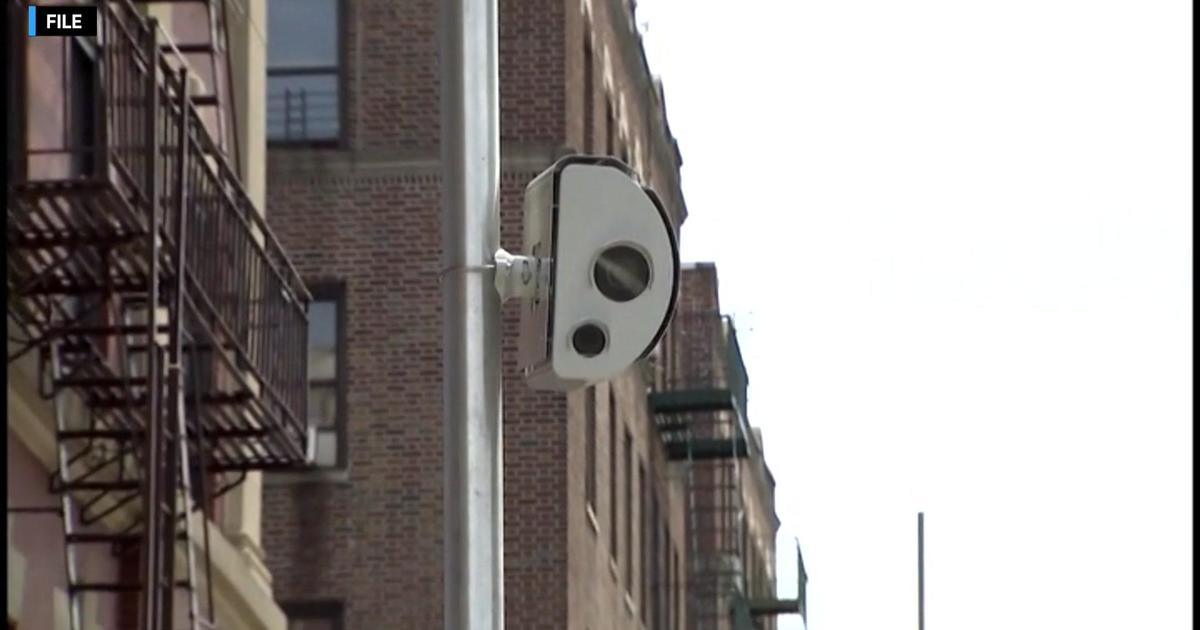SFO Plane Crash May Prompt Passengers To Worry About Pilots' Skills
NEW YORK (CBSNewYork) -- People who fly have to worry about the threat of terrorism, mechanical malfunctions, and even turbulence – but in the wake of the Asiana Flight 214 plane crash in San Francisco, some wonder if they might also have to worry about the capability of their pilots.
As CBS 2 investigative reporter Tamara Leitner reported Monday, many people do not even consider their pilot's skills.
PHOTOS: San Francisco Airport Plane Crash
"The scariest part of flying for me would be the turbulence; some fears that are residual from 9/11," said passenger Greg Shockley.
But worries about the pilots flying the planes could become an issue after the San Francisco crash.
Just days after Asiana Airlines flight 214 crashed, investigators have revealed that the pilot that landed the Boeing 777 was in training.
He had just 43 hours of flying time with Boeing 777s, which meant he was still in a "familiarization flight" program and had never landed one of these long-distance twin engine planes at SFO.
"Most pilots through their careers will transfer to other airplanes and other routes," said former National Transportation Safety Board investigator Alan Yurman.
Yurman said it is common for a pilot to have limited hours actually landing a particular type of plane.
"He could have had hundreds of hours in a simulator. That's where they train them," Yurman said. "The simulator is so good and computerized that they can do anything in the simulator that they do in the airplane."
Aviation experts said because of the cost factor, pilots normally do the bulk of their training in simulators.
And what you don't see behind the closed cockpit doors are a team of pilots assisting.
"The flying pilot is going to have the controls. The other pilot that's not flying he's going to be contacting air traffic control, all the radio communication -- he's going to be reading the checklist," Yurman said.
On an overseas flight as long as the Asiana flight from South Korea, there are often four pilots. Two of them fly at a time and, the other two sit in the jump-seats and assist.
Such safety precautions are something retired pilot Chesley "Sully" Sullenberger knows all too well, after landing a crippled U.S. Airways jet in the Hudson River in the famed "Miracle on the Hudson."
"Two-person or three-person crew always much more effective if it's led well and organized well than a single pilot, because there's checks and balance which supports and helps each other," Sullenberger said.
Aviation experts said there is no way for the general flying public to know how much experience a pilot on board has or even whether they are in training.
Check Out These Other Stories From CBSNewYork.com:



